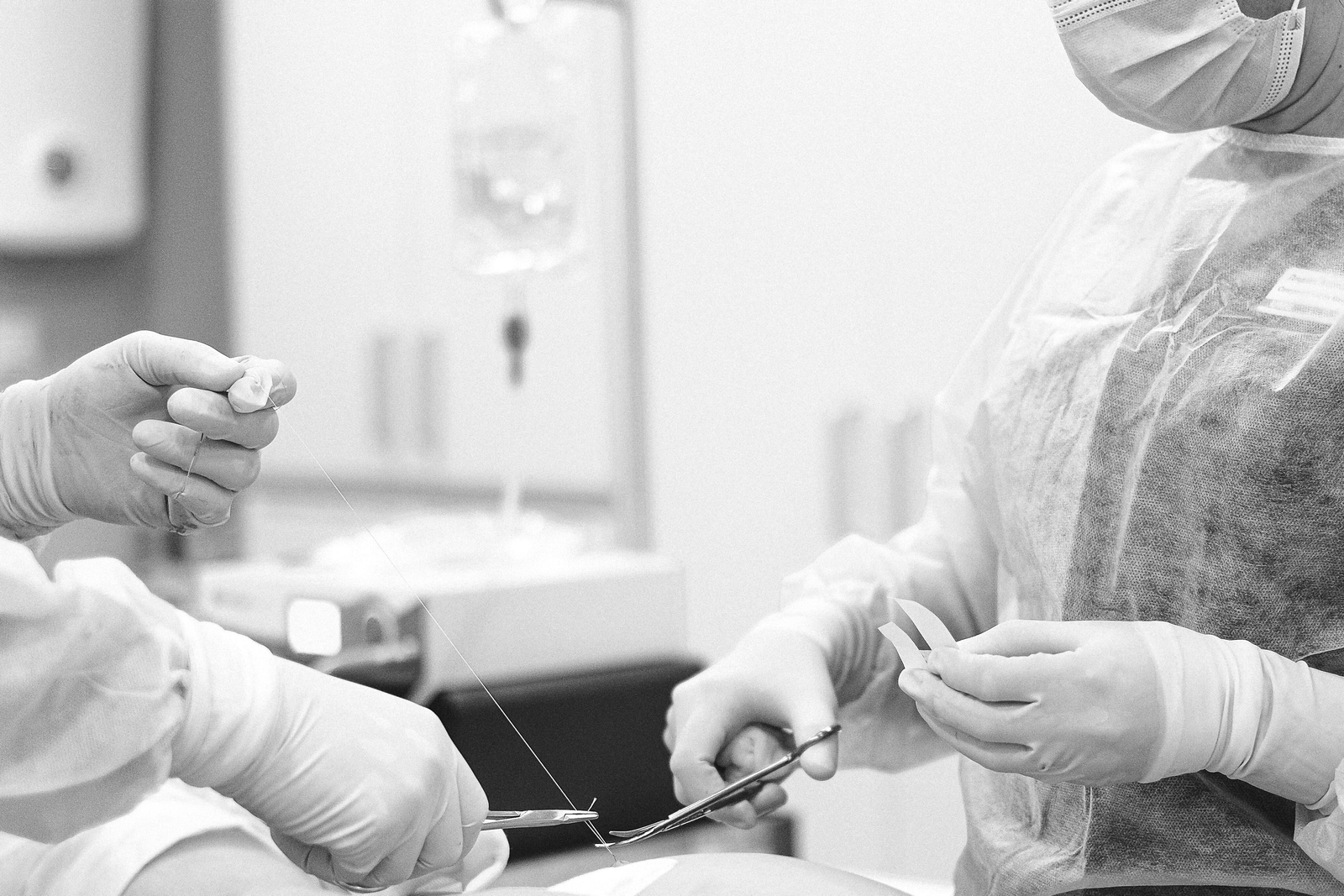Arthroscopy vs. Open Surgery: What’s Right for You?
When faced with the possibility of orthopaedic surgery, one of the most important decisions involves the type of surgical approach that’s best suited to your condition. Two commonly discussed methods are arthroscopy and open surgery — both effective in the right context, but each with its own benefits, limitations, and recovery considerations.
Understanding the differences between the two can help you make a more informed decision in consultation with your orthopaedic surgeon.
What Is Arthroscopy?
Arthroscopy is a minimally invasive surgical technique used to diagnose and treat joint problems. It involves inserting a small camera (arthroscope) into the joint through a tiny incision. The surgeon can view the joint in real time on a screen and use specialised instruments to perform the necessary procedures.
Arthroscopy is commonly used for:
Meniscus tears in the knee
Ligament repairs (e.g., ACL reconstruction)
Shoulder impingement or rotator cuff tears
Cartilage damage and loose bodies in the joint
Benefits of Arthroscopy:
Smaller incisions, leading to less scarring
Reduced pain and discomfort post-op
Faster recovery time in most cases
Lower risk of infection
Often performed as a day case, meaning no overnight stay
What Is Open Surgery?
Open surgery involves making a larger incision to directly view and access the affected area. It allows for greater visibility and more space to operate, especially in complex or large-scale reconstructions.
Open surgery may be necessary for:
Major joint replacements (e.g., total hip or knee replacements)
Severe fractures or trauma cases
Revision surgeries where previous implants or tissue must be corrected
Advanced deformity correction or structural realignment
Benefits of Open Surgery:
Wider access for the surgeon to perform complex procedures
Often more appropriate for extensive damage or reconstruction
Allows for better manual control and visual assessment in complicated cases
How Do You Choose Between the Two?
The right approach depends on several factors:
Nature and severity of your condition: Small cartilage tears may be suitable for arthroscopy, while complete joint degeneration might require open surgery.
Your overall health and lifestyle: Some patients benefit from quicker recovery, while others may need a more thorough repair that only open surgery can achieve.
Surgeon’s recommendation and expertise: A skilled orthopaedic surgeon will consider long-term outcomes, not just short-term convenience.
Previous surgeries or joint complications: Revision or secondary surgeries often require open access.
In many cases, arthroscopy is preferred due to its minimally invasive nature, but it’s not always the definitive solution. Certain injuries or conditions simply require the broader view and flexibility of open surgery.
Conclusion: Making the Right Choice for Your Joint Health
Choosing between arthroscopy and open surgery isn’t a matter of which is “better,” but rather which is more appropriate for your specific condition and goals. A careful evaluation by your orthopaedic surgeon — including imaging, physical examination, and medical history — will help determine the safest and most effective path forward.
Dr. Alexander Graves and his team are experienced in both techniques, offering a personalised approach to ensure your treatment supports not only healing but also long-term mobility and quality of life.


